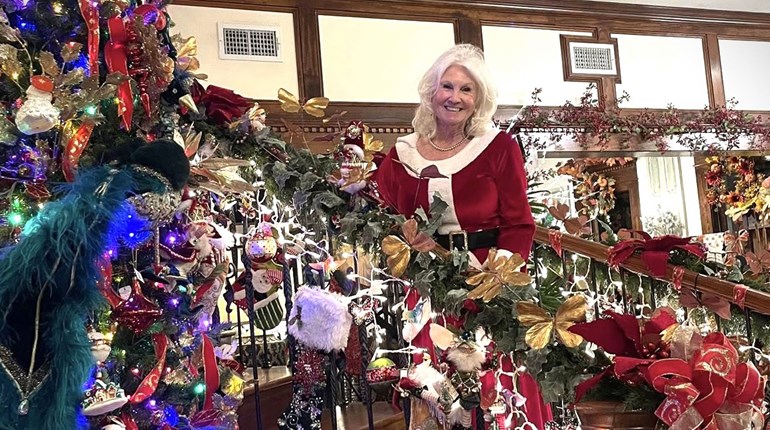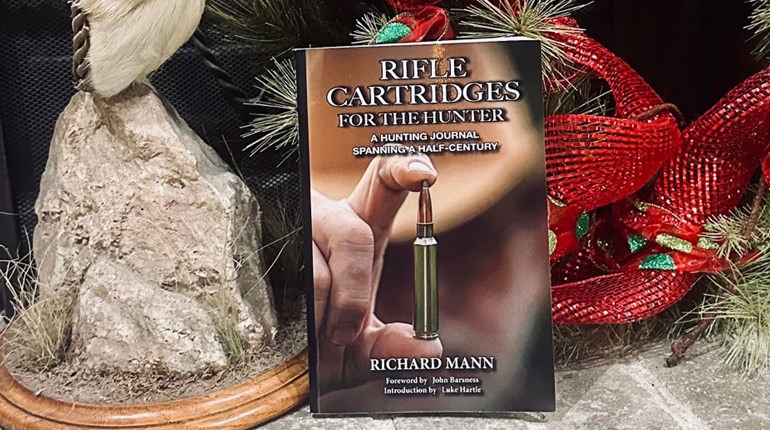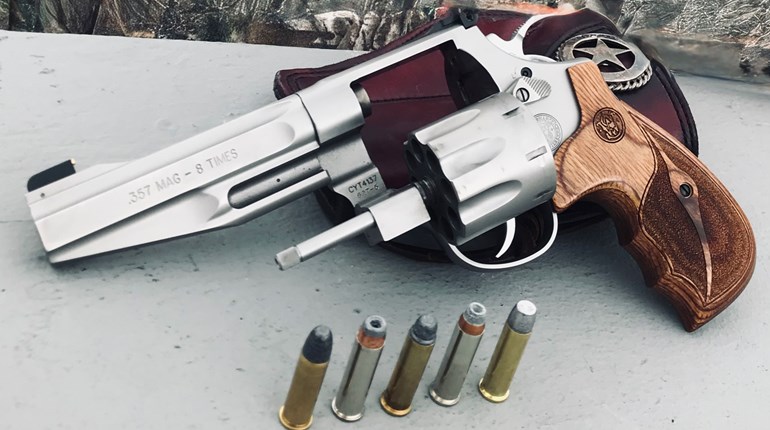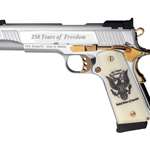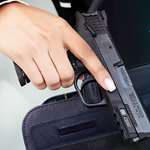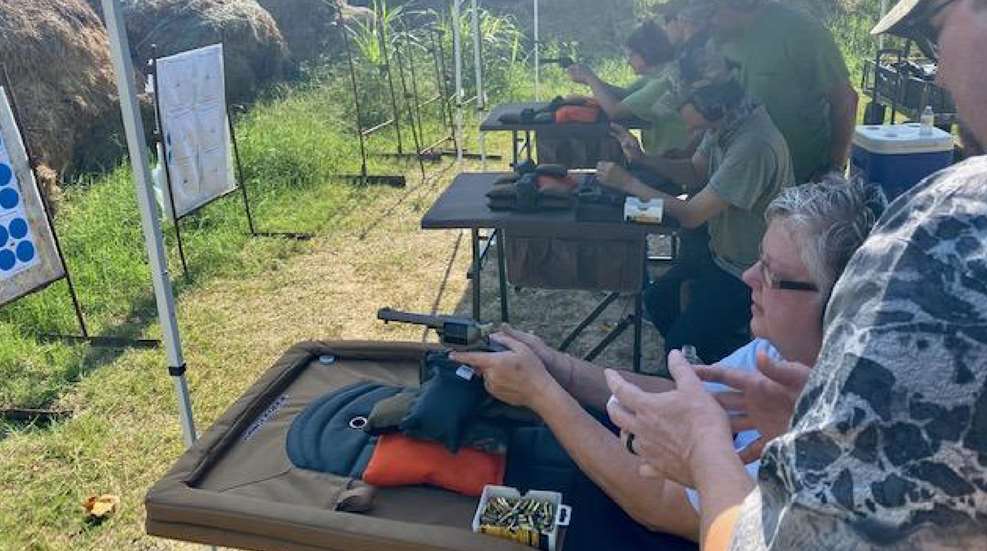
When a new shooter seeks out a firearms training course and pays for a service, they are essentially hiring the instructor. It seems that most individuals who put themselves out there and advertise as a firearm instructor have never had any formal training, outside being self-taught and learning through videos and social media. There are far too many “Instructors” that have no idea what they are doing. Poor instructors create poor students, and poor instruction leads to poor techniques.
Firearms instruction is more than showing a new gun owner “how to shoot it.” Visit any shooting range in any state and any town, and you will eventually witness improper instruction of a new shooter. I have seen “instructors” who can hardly hit the target much less have a tight grouping. As a result, these “instructors” pass on their poor habits and techniques to their students.
The secret to teaching a new skill is going from simple to complex. Teaching a new shooter is no different because shooting is a skill. The old saying goes, “you have to crawl before you can walk.” If you take a new shooter and start the lesson teaching tactical self-defense techniques, you have not given them the building blocks they need first, before they can reach that level of instruction you are providing. A firearms instructor can learn very valuable lessons on what not to do when instructing a new shooter just by “people watching” at the gun range.
If you spend much time at the gun range, you will almost be guaranteed to hear a new shooter tell his or her instructor, “I can’t do this” or “This is not for me.” As firearms instructors, it is our job to defend and promote the 2nd Amendment and introduce as many new shooters as we can to the world of shooting as possible. But what most people do not realize is that our obligation as firearm instructors does not stop at the introduction. You do not have to take a new shooter under your wing and raise them, but you do have an obligation to properly introduce them to the sport.
The first thing that every shooter must get is proper instruction. This is especially true if you are planning to instruct new shooters. The easiest and best way to get instruction is to attend an NRA Basic Pistol Course. Every NRA Basic Pistol Instructor should provide the required reference materials, including the Basics of Pistol Shooting handbook. This book can be kept and referred to periodically to ensure that you are sticking to the curriculum.
There are three easy steps that an individual wanting to instruct others needs to follow to ensure success. These steps are starting from the benchrest position, teach the fundamentals of shooting, and start small. Instructors who follow these steps are successful. Those who do not follow these three steps are usually not successful, and oftentimes are responsible for their students getting frustrated or even giving up on shooting.

Benchrest Position
If an instructor is teaching an NRA rifle or pistol class, he or she is required to utilize a shooting table to achieve the benchrest position. In addition to the shooting table, the NRA Instructor must provide a rest for support of the firearm. These rests can be sandbags, a tripod or anything else to support the firearm while the student is shooting.
Many new shooters have never fired from the benchrest position, especially handgun shooters. This is because traditionally, handguns are usually fired from the standing position. As far as rifles are concerned, many new shooters have only been exposed to AR-platform rifles that are usually shot from a standing position, as opposed to the traditional bolt-action rifle that many of us grew up with and learned how to shoot from the benchrest.
There are two main benefits to utilizing the benchrest position. First, it stabilizes the student, giving him a solid platform to shoot from. The shooter on the benchrest has up to five points of contact to stabilize him or her. These five points of contact are two feet on the ground, the butt in the seat, and the elbows on the table.
The second benefit of the benchrest position is that by utilizing the supports such as sandbags, the shooter can stabilize the firearm. By stabilizing the firearm, it leaves the new shooter to be able to concentrate on the five fundamentals of shooting. The benchrest position is the first step to success!
Fundamentals of Shooting
The five fundamentals of shooting are aiming, breath control, hold control, trigger control, and follow through. It is these five fundamentals that NRA’s basic firearms courses teach future instructors to ensure that their students receive the “Gold Standard” in training. These fundamentals are the backbone of any firearms training, so every firearms instructor must know how to teach these to produce competent and safe shooters.
If the student is taught the five fundamentals of firearms shooting, he or she can be proficient with their firearm regardless of whether they are shooting from the standing, sitting or prone position. Once your student learns the five fundamentals, he or she can be proficient with their firearm regardless of the caliber. Additionally, your student will be proficient with their firearm regardless of whether their gun is a rifle, compact pistol or full-size pistol. As long as their firearm fits their hands, knowing the five fundamentals will allow them to take what you taught them to apply to any firearm they are using and be successful.

Start Small
Many new shooters are very intimidated by the recoil and loud report of the firearm that, usually, someone else has chosen for them to shoot. If your student is “afraid” of their firearm, your chance of success dramatically declines. First you spend most of your time trying to “teach” them that there is nothing of which to be “afraid.” Sometimes your students will flinch, close their eyes, and never properly align their sights. When it is all over, your student may not have fun and probably will not shoot again.
One of the NRA’s recommendations for enhancing a new shooter’s concentration is to begin your training with a small caliber, specifically a single-action .22-caliber revolver. Over the years I have tried several different calibers and firearms in training classes, until I started utilizing a single-action .22 caliber revolver. By using small caliber firearms, you, as an instructor, are allowing the student to concentrate on instruction and not the recoil, noise and any internal fears they have.
The small .22 caliber has relatively no recoil and relatively no report, or noise. This is very important when applying the five fundamentals of firearm shooting. Without worrying about the recoil and report, your student can concentrate on your instruction. Once your student successfully demonstrates the five fundamentals of firearm shooting, their success will show on the target. You can now have them apply what they just learned to their own firearm and larger calibers as well.
Another very important reason to use a small caliber firearm is that it negates any excuses your student may try to use when they transition to their own firearm. Once they show proficiency with a small caliber firearm, they have the ability to show the same proficiency with a larger caliber. If your student tries to say things like, “I can’t do this,” you can respond, “Yes you can, you just did!” directing their attention to their success on the small caliber target.












